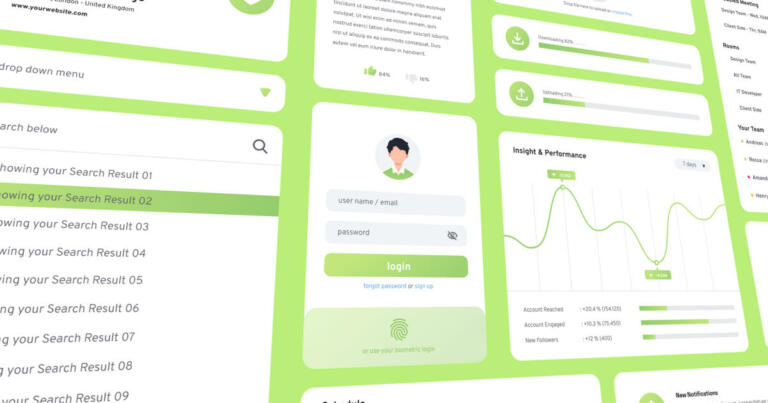
Not long ago, good design was considered nice to have, but non-essential to a product or company. In today’s market, however, good design has become a commodity.

In the first part of this article, we learned about fundamental data architecture and modeling concepts that provide valuable insights into your system.

The definitions of ‘information architecture’ and ‘data architecture’ are, unfortunately, pretty broad. They cover many areas of systems engineering and are applicable across several disciplines, including the design of business processes, user experiences, and software implementations. Every concept you can find in any accepted definition for the terms has value.

Feature toggles (sometimes referred to as feature flags) are an engineering practice aiming to control application behavior without the need to deploy a code change. The behaviors that toggles can affect range from hiding under development features, limited feature release (canary) to a subset of users, or used to switch to fallback implementation in the event of a system issue, and more.

Continuous integration, continuous delivery, and continuous deployment implementations cover a wide range of automation possibilities for your software. This article will provide an overview of these three principles, the benefits they can bring to your engineering efficiency, and potential challenges.

Snapshot testing has become very popular for front end-development over the last few years. The term has almost become synonymous with Jest and React, but it can be used to test more than just components.
Receive Our Latest Insights!
Sign up to receive our latest articles on JavaScript, TypeScript, and all things software development!